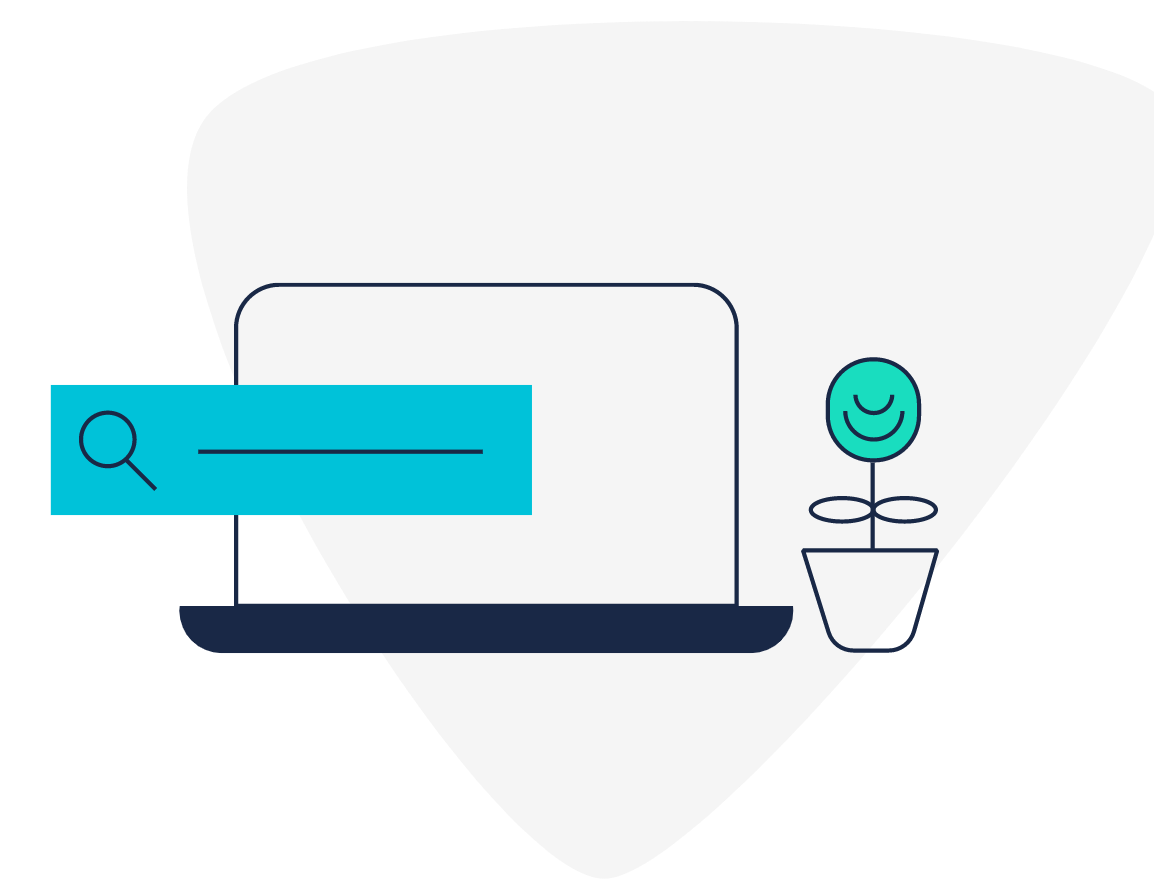What is e-procurement?
E-procurement refers to the set of digital processes that dictate B2B buyer-supplier relationships in the supply chain. Utilizing technology, e-procurement aims to centralize the workflows involved in purchasing goods or services and bring about efficiency improvements. It’s essentially the digitization of the standard procurement process.
E-procurement, short for electronic procurement, replaces traditional paper-based procurement operations and opens up opportunities for automation. It’s typically facilitated by dedicated e-procurement software, integrating a range of different features including supplier management tools, e-sourcing dashboards, and spend analysis functionality.
The concept of e-procurement was first properly realized in the 1980s with the emergence of electronic data interchange (EDI) technology. It has since transformed the way businesses interact with each other, streamlining supply chain relationships across a vast swathe of sectors. The impact it has had on B2B procurement can’t be overstated, with 90% of procurement professionals preferring e-procurement to the traditional process.
How e-procurement works
E-procurement works in a fundamentally similar manner to traditional procurement, with the key difference being that each composite part of the procurement process is instead carried out digitally.
Therefore, it still adheres to the traditional procurement lifecycle, which can be generally outlined as:
- Identification of required goods or services
- Supplier sourcing or selection
- Purchase order completion
- Delivery of goods or services and relevant checks
- Invoicing and payment processing
However, each step in the process operates slightly differently when handled digitally, meaning that, e-procurement is quite different from its predecessor.
The e-procurement process begins with a purchase requisition, which is submitted and approved electronically. Once approved, the process can move on to supplier sourcing or selection, sometimes through an e-auction. Already onboarded suppliers will have their details on the integrated supplier management platform, streamlining this process and facilitating communication.
With a supplier selected, a digital purchase order is created automatically using the purchase requisition as a template. This is then delivered electronically to the supplier.
The next step from the buyer’s side is to receive the goods or services ordered, along with an invoice which is handled by the accounts payable department. E-procurement has emerged alongside e-invoicing, the prevalence of which has almost doubled in less than a decade, so the invoicing process is also increasingly digital.
The benefits of e-procurement
The use of e-procurement over traditional methods has sky-rocketed over the last decade, due in large part to the significant benefits it offers. Implementing e-procurement, along with e-invoicing and other digital processes, is now considered one of the most pertinent steps for a business looking to improve operational efficiency. Three of the most notable benefits are that it:
Facilitates automation
Implementing e-procurement, either fully or in part, creates opportunities to automate laborious tasks that would otherwise take time from the procurement team. Activities such as evaluating and selecting suppliers, creating purchase orders, supplier contract retrieval, and invoice matching are all typically handled automatically by an e-procurement system.
Not only does this free up time, which can then be spent on other value-driving activities such as nurturing supplier relationships, but it also reduces the likelihood of human error. And, perhaps most importantly, it can reduce the cost of typical procurement tasks by up to 75%.
Centralizes processes
Procurement is a process that spans multiple departments and often involves multiple stakeholders who hold responsibility for certain activities. This makes it highly susceptible to workflows being inefficient, increasing the cost and time spent on managing purchasing and often resulting in delays of the required goods or services being delivered.
An e-procurement system goes a long way to solving this issue by centralizing all required information and tools and reducing workflow friction. With a centralized system, everyone who needs access to documents or supplier details can get it on-demand. Access controls can also typically be set up to limit what features users can utilize, reducing the risk of maverick spend.
Improves purchasing efficiency
Efficiency is the ultimate objective that all procurement departments aim to achieve, and e-procurement software plays a pivotal role in turning this goal into a reality. By providing enhanced visibility into suppliers and expenditures, it facilitates the streamlining of purchasing processes, making it easier to optimize procurement and, consequently, generate significant cost savings.
In a practical sense, this is achieved by features like real-time data-sharing and communication with suppliers, integration with spend analysis tools, and e-auction functionality which can drive better value purchases.
Challenges in e-procurement
Despite its increasing centrality to running procurement efficiently, especially for companies that operate at scale, e-procurement is not without its challenges.
Chief among these is making the switch to a digital system from a traditional, paper-based procurement workflow and onboarding internal stakeholders and suppliers to the new way of doing things.
However, modern e-procurement software is easier to implement and use than many businesses know, and a growing number of suppliers are already onboarded to digital systems. The Taulia network alone has over 2 million suppliers, and new users typically see supplier adoption rates upwards of 90%.
Adopting e-procurement software to improve procurement KPI performance
Common procurement KPIs, such as cost per invoice, procurement ROI, and purchase order cycle time, can often be the bottom line when analyzing procurement performance. E-procurement software is one of the best tools available for improving performance in these areas.
The benefits it offers, from helping to decrease the amount of time spent on manual tasks to improving the efficiency with which supplier communication can be managed, can result in significant uplifts in how effectively the procurement department contributes towards broader business objectives.
